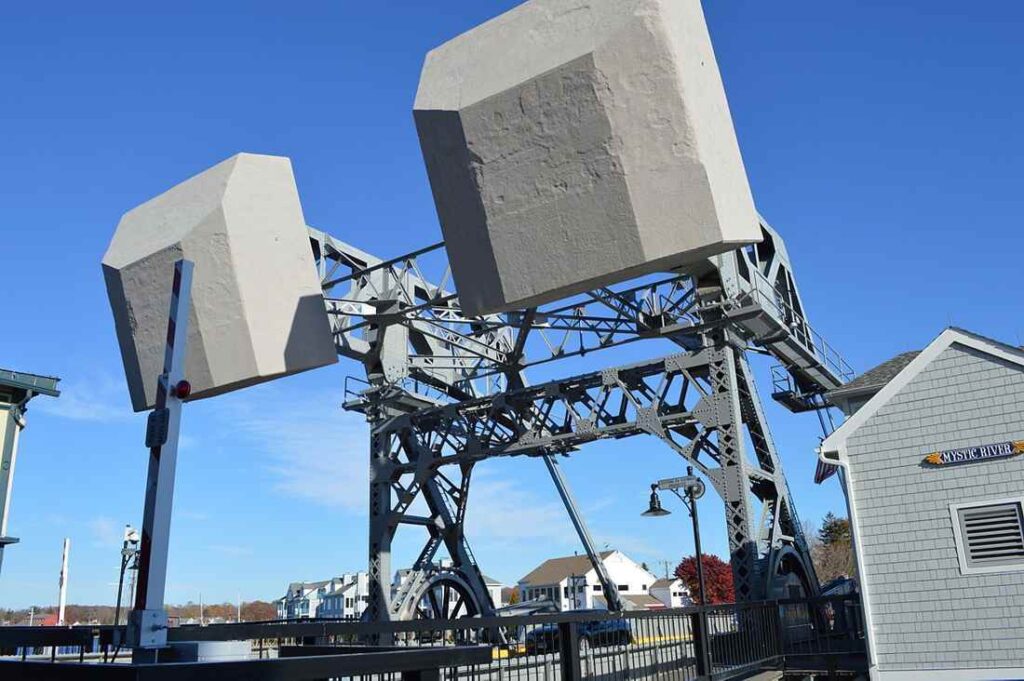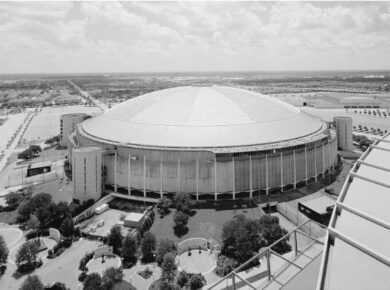Did you say bascule bridges?
Joseph Strauss (January 9, 1870 – May 16, 1938) was an American structural engineer who revolutionized the design of bascule bridges. He was the chief engineer of the Golden Gate Bridge, although the ‘real work’ was done by Charlton Ellis. His statue can be seen on the San Francisco side of the bridge.

Photo: Petr Šmerkl, Wikipedia
Upon graduating from the University of Cincinnati, Strauss worked at the Office of Ralph Modjeski, a firm which specialized in building bridges. At that time, bascule bridges were built with expensive iron counterweights.

Photo: 8plus8
He proposed using cheaper concrete counterweights in place of iron. When his ideas were rejected, he left the firm and started his own firm, the Strauss Bascule Bridge Company of Chicago, where he revolutionized the design of bascule bridges.

Photo: J. Crocker
Strauss was the designer of the Burnside Bridge (1926) in Portland, Oregon, and the Lewis and Clark Bridge (1930) over the Columbia River. Strauss also worked with the Dominion Bridge Company in building the Cherry Street Strauss Trunnion Bascule Bridge (1931) in Toronto, Ontario.
His design was also exported to Norway where Skansen Bridge (1918) is still in daily use. But the Strauss bridge design was also copied and used in other places in Europe. Two bridges are still in daily use in Sweden – the railwaybridges over Trollhätte canal, in Vänersborg and Danviksbron in Stockholm.
About the Author:

Bruno Dursin – Managing Director at Believe in Steel. Bruno has more than 30 years of experience in promoting steel & steel solutions. His clients benefit from his extensive network within the building industry.




